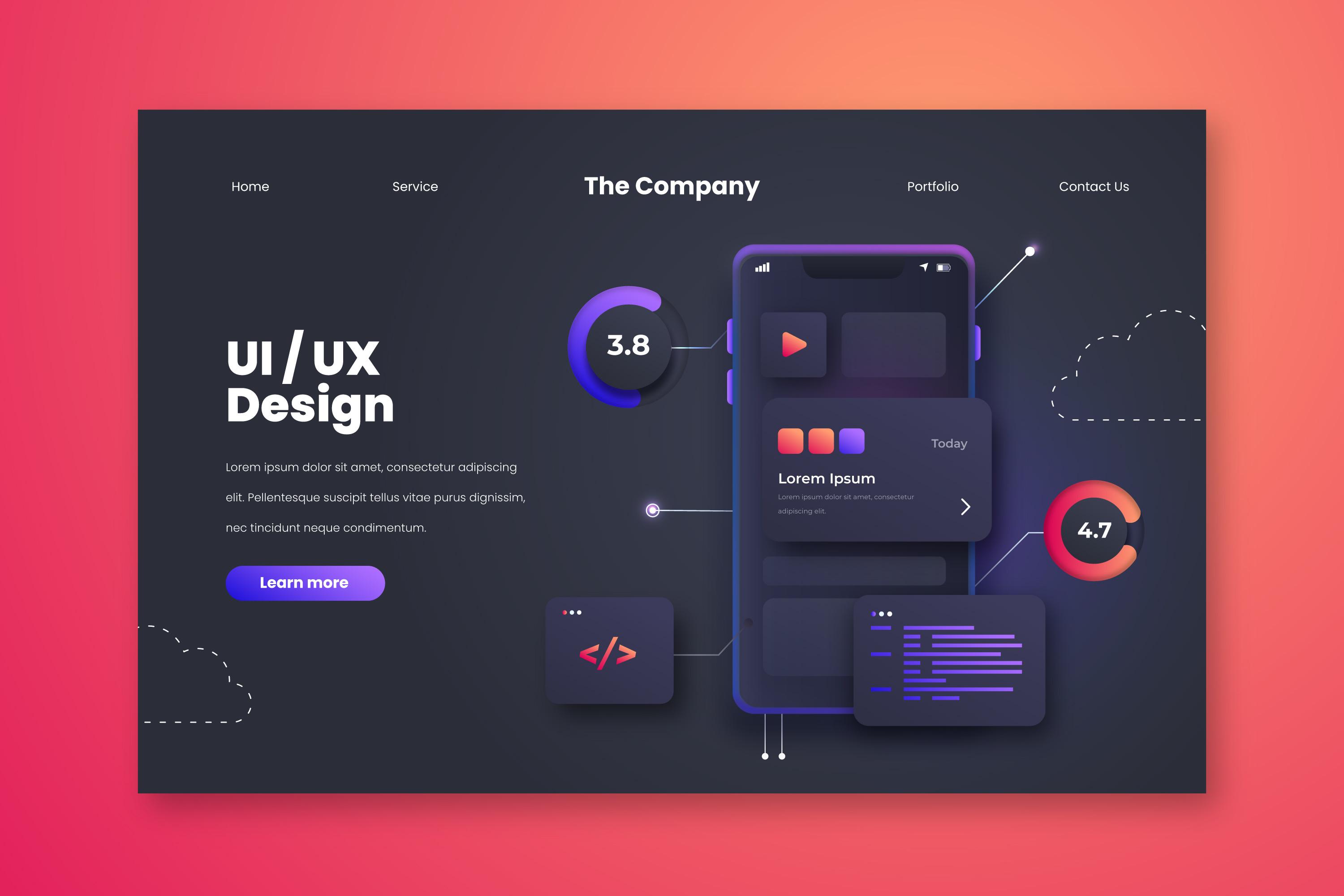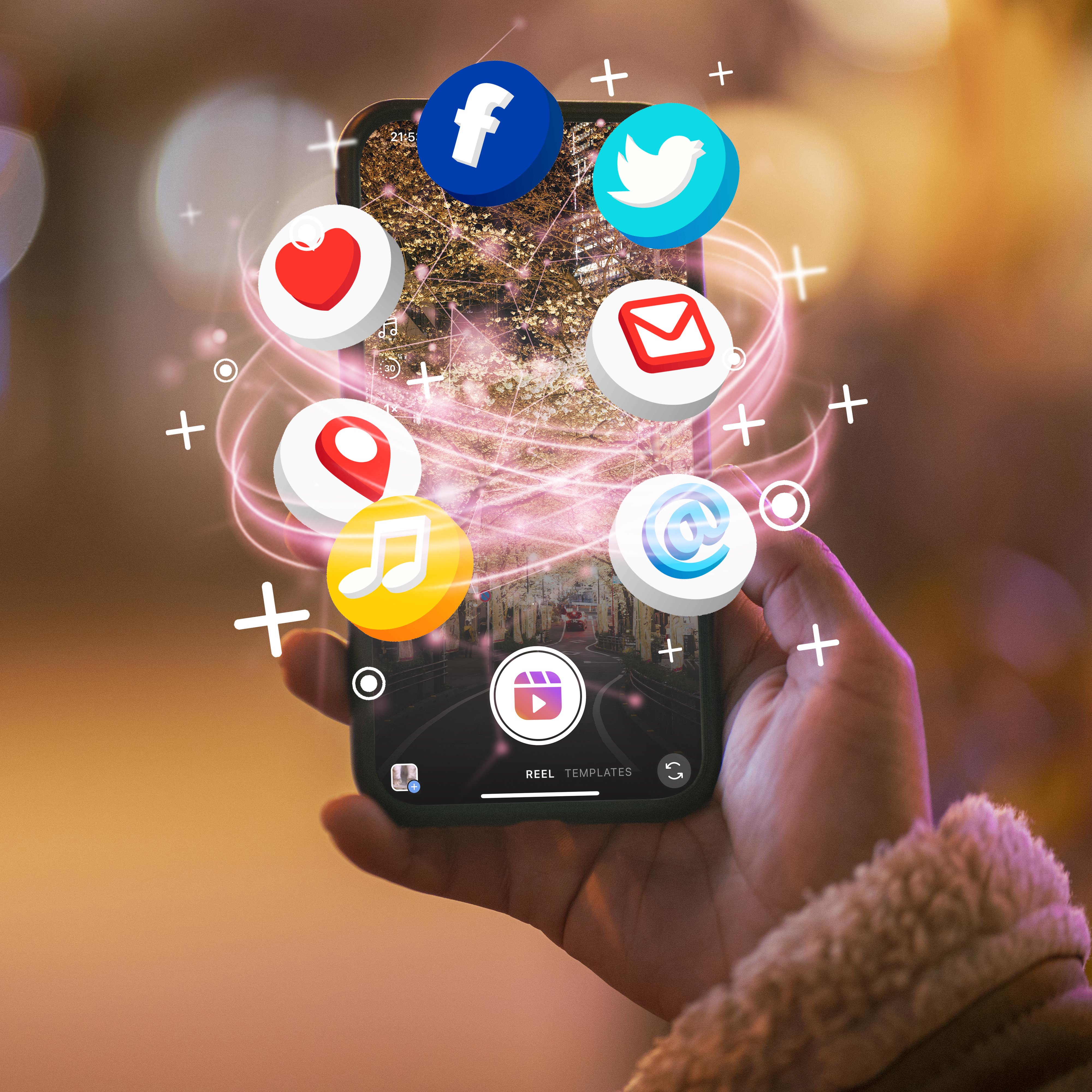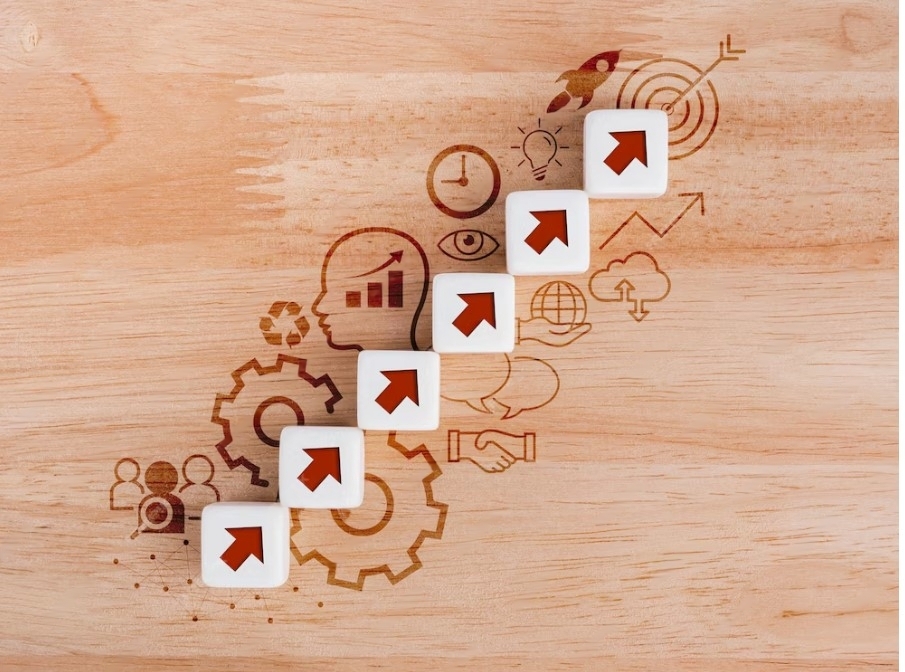The Difference Between UX & UI Design
The Difference Between UX & UI Design: A Beginner's Guide
If you’ve been wondering about the difference between UX design and UI design, you’re not alone. Often used interchangeably, they describe very different things.
UX design focuses on creating a seamless and meaningful user experience by understanding user needs, conducting research, and designing intuitive interfaces, while UI design focuses on the visual, interactive elements of a product to create aesthetically pleasing interfaces.
Read on to learn more about the differences between UI and UX, how they work together, their respective tasks, responsibilities, salaries, and more.
1. UX vs. UI design
UX design refers to the term “user experience design”, while UI stands for “user interface design”. Both elements are crucial to a product and work closely together. But despite their professional relationship, the roles themselves are quite different, referring to very different aspects of the product development process and the design discipline.

What is user experience (UX) design?
User experience design is a human-first way of designing products. Don Norman, a cognitive scientist and co-founder of the Nielsen Norman Group Design Consultancy, is credited with coining the term “user experience” in the late 1990s.
Here’s how he describes it: “User experience encompasses all aspects of the end-user’s interaction with the company, its services, and its products.”
Don Norman’s definition tells us that, regardless of its medium, plenty of non-digital UX (and there are lots out there), UX design encompasses any interactions between a potential or active customer and a company.
As a scientific process, it could be applied to anything; street lamps, cars, Ikea shelving, and so on. However, despite being a scientific term, its use since its inception has been almost entirely within digital fields; one reason for this is that the tech industry started blowing up around the time of the term’s invention.
Essentially, UX applies to anything that can be experienced—be it a website, a coffee machine, or a visit to the supermarket. The “user experience” part refers to the interaction between the user and a product or service. User experience design, then, considers all the different elements that shape this experience.
What does UX design involve?
A UX designer thinks about how the experience makes the user feel and how easy it is for the user to accomplish their desired tasks. They also observe and conduct task analyses to see how users complete tasks in a user flow.
For example: How easy is the checkout process when shopping online? How easy is it for you to grip that vegetable peeler? Does your online banking app make it easy for you to manage your money?
The ultimate purpose of UX design is to create easy, efficient, relevant, and all-around pleasant experiences for the user.
Here’s what you need to know about UX design in a nutshell:
- User experience design is the process of developing and improving the quality of interaction between a user and all facets of a company.
- User experience design is, in theory, a non-digital (cognitive science) practice but is used and defined predominantly by digital industries.
- UX design is NOT about visuals; it focuses on the overall feel of the experience.
UX tasks and responsibilities
So we now know, in abstract terms, what the role of the UX designer entails—but how does this translate into everyday tasks? Here is an example of a UX designer’s typical tasks and responsibilities.
Strategy and content:
- Competitor analysis
- Customer analysis and user research
- Product structure and strategy
- Content development
Wireframing and prototyping:
- Wireframing
- Prototyping
- Testing and iteration
- Development planning
Execution and Analytics
- Coordination with UI designers
- Coordination with developers
- Tracking Goals and Integration
- UX analysis and iteration
So part marketer, part designer, and part project manager, the UX role is complex, challenging, and multi-faceted.
The role of the UX designer varies hugely depending on the type of company they’re working in. You see that iteration of the product, as connected to analysis or testing, is indeed mentioned twice, but in reality, you would put it in between every other item on the list.
Ultimately, the aim is to connect business goals to user’s needs through a process of user and usability testing and refinement toward that which satisfies both sides of the relationship.
What is user interface (UI) design?
Despite it being an older and more practiced field, the question “What is user interface design?” is difficult to answer because of its broad variety of misinterpretations.
While user experience is a conglomeration of tasks focused on the optimization of a product for effective and enjoyable use, user interface design is its complement; the look and feel, the presentation, and the interactivity of a product.
But like UX, it is easily and often confused by the industries that employ UI designers—to the extent that different job posts will often refer to the profession as completely different things.
A user interface is the point of interaction between the user and a digital device or product—like the touchscreen on your smartphone or the touchpad you use to select what kind of coffee you want from the coffee machine.
About websites and apps, UI design considers the look, feel, and interactivity of the product. It’s all about making sure that the user interface of a product is as intuitive as possible, and that means carefully considering every visual, interactive element the user might encounter.
A UI designer will think about icons and buttons, typography and color schemes, spacing, imagery, and responsive design.
What does UI design involve?
Like user experience design, user interface design is a multi-faceted and challenging role. It is responsible for the transference of a product’s development, research, content, and layout into an attractive, guiding, and responsive experience for users.
To summarize what UI design is about:
- User interface design is a purely digital practice. It considers all the visual, and interactive elements of a product interface—including buttons, icons, spacing, typography, color schemes, and responsive design.
- The goal of UI design is to visually guide the user through a product’s interface. It’s all about creating an intuitive experience that doesn’t require the user to think too much!
- UI design transfers the brand’s strengths and visual assets to a product’s interface, making sure the design is consistent, coherent, and aesthetically pleasing.
UI tasks and responsibilities
If you like the idea of creating awesome user experiences but see yourself as a more visual person, you may be more interested in UI design. You’ll find a brief snapshot of the UI designer’s key tasks below or a more comprehensive explanation of what a UI designer does in this guide.
The look and feel of the product:
- Customer analysis
- Design research
- Branding and graphic development
- User guides and storylines
Responsiveness and interactivity:
- UI prototyping
- Interactivity and animation
- Adaptation to all device screen sizes
- Implementation with developer
As a visual and interactive designer, the UI role is crucial to any digital interface and, for customers, a key element to trusting a brand. While the brand itself is never solely the responsibility of the UI designer, its translation to the product is.
You’ll also note the final point, which states responsibility for the “implementation” of the design with a developer. While this is generally how UI jobs have worked in the past, you should be aware that the lines are blurring, as the term “web designer” (essentially a UI designer who can code) is being replaced by the expertise of user interface designers.
While UX does not need coding, UI is a role that, as time progresses, will rely on it as part of building interactive interfaces, with “UI developer” beginning to appear as a role in companies.
Now we have a clear-cut definition of both UX and UI, let’s consider the key differences between the two.





